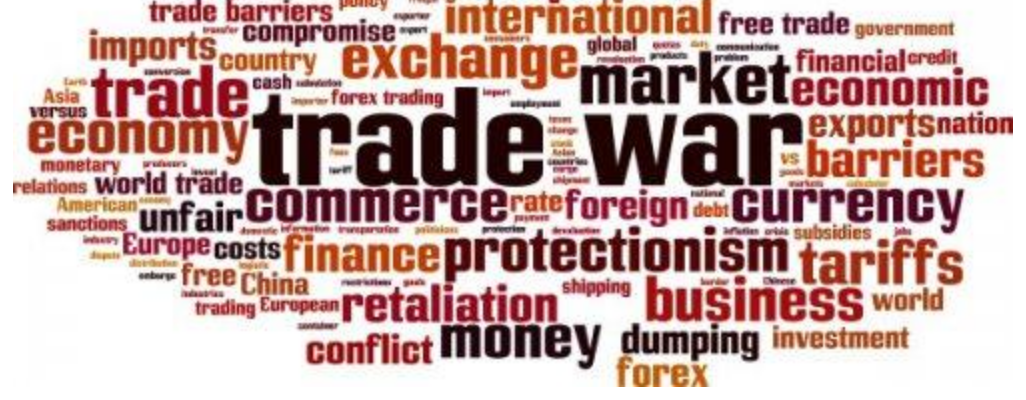1. Disruption of International Trade:
- Trade wars often lead to the imposition of tariffs and trade restrictions on goods and services. These actions disrupt established global supply chains and hinder the smooth flow of goods across borders.
2. Increased Costs for Consumers:
- Tariffs can result in higher prices for imported goods, which directly impact consumers. This can lead to increased living costs and reduced purchasing power.
3. Retaliation:
- When one country imposes tariffs, its trading partners often respond with retaliatory measures. This can escalate tensions and further disrupt trade.
4. Business Uncertainty:
- Trade tensions create uncertainty for businesses. Uncertainty in the form of trade policy changes can lead to hesitancy in investments, production, and expansion plans.
5. Impact on Exporting Industries:
- Export-oriented industries may face a decline in demand for their products due to retaliatory tariffs or reduced access to international markets.
6. Loss of Economic Growth:
- Trade tensions and tariffs can slow down economic growth, as the disruptions in trade and investment adversely affect GDP expansion.
7. Agricultural Sector Vulnerability:
- Agricultural products are often targeted in trade wars. Farmers and agricultural industries can experience significant financial strain due to tariffs on their exports.
8. Supply Chain Diversification:
- Companies may seek to diversify their supply chains to reduce exposure to tariffs, which can be a costly and time-consuming process.
9. Trade Deficits and Surpluses:
- Trade tensions can lead to shifts in trade balances, affecting a country's trade deficits or surpluses.
10. Global Economic Impact:
Trade tensions and tariffs are complex issues with wide-ranging effects. Governments, businesses, and consumers all must navigate the changing landscape of international trade, and the consequences of trade wars can be both short-term and long-lasting. Negotiation and diplomacy often play a crucial role in mitigating the economic impact of these tensions and finding solutions that benefit all parties involved.




Comments (0)